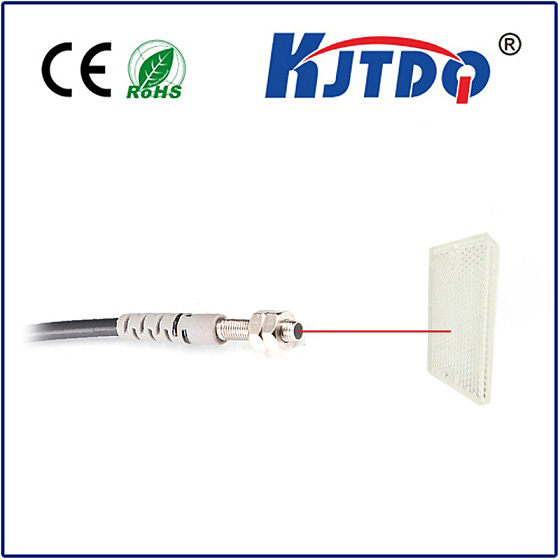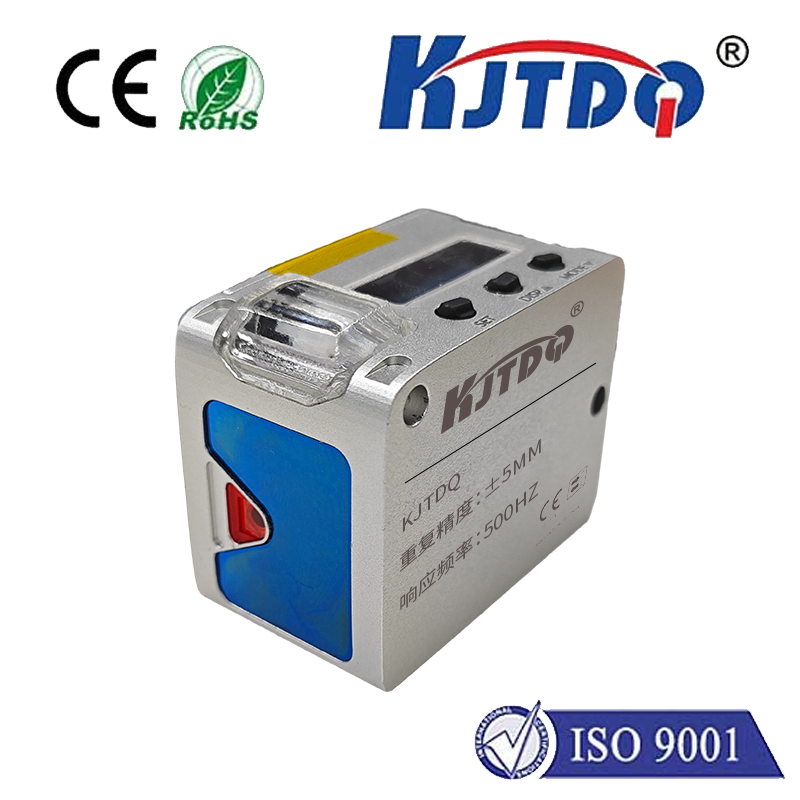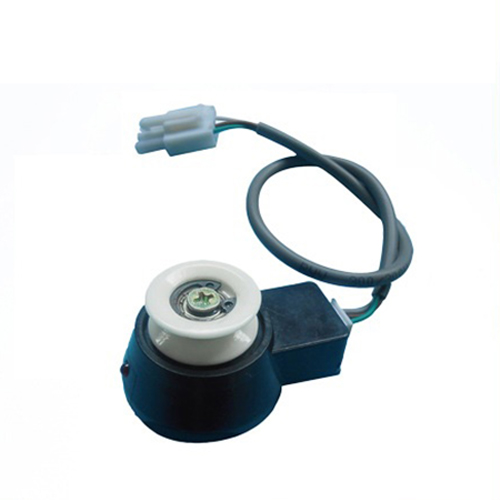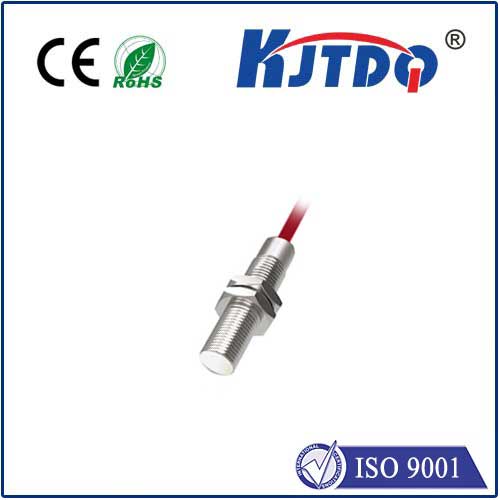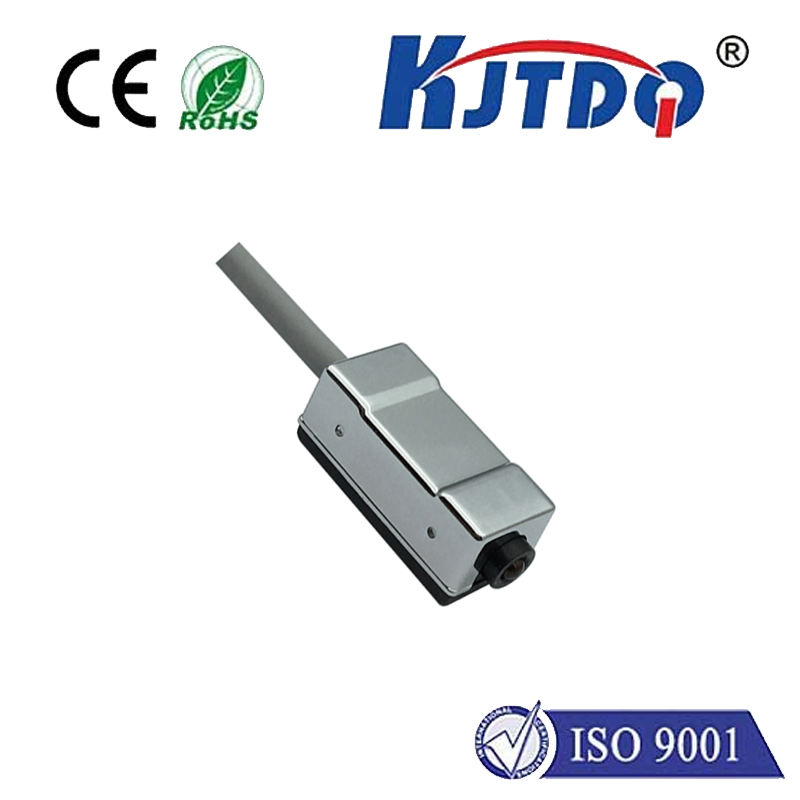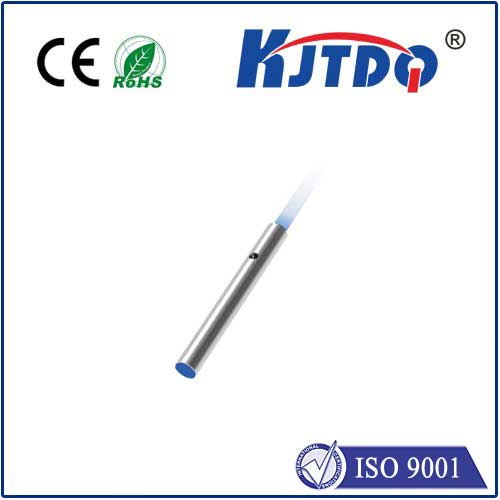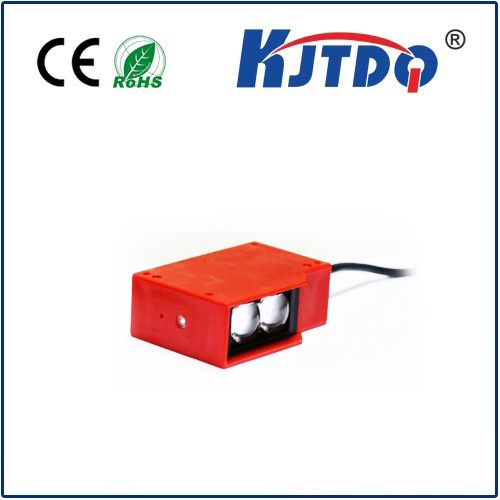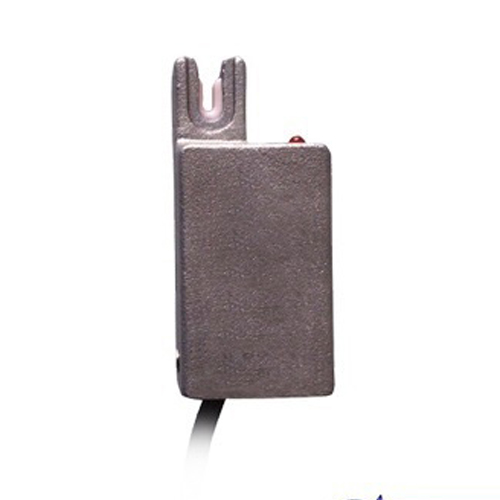dc 12-24v photoelectric proximity sensor
- time:2025-09-06 02:32:48
- Click:0
DC 12-24V Photoelectric Proximity Sensors: The Workhorses of Non-Contact Detection
Imagine a bustling factory floor: boxes zooming down conveyor belts, robotic arms precisely placing components, and intricate packaging lines operating at lightning speed. Ensuring everything runs smoothly, reliably, and safely often hinges on one critical element: knowing precisely where objects are, without ever touching them. This is the domain of the DC 12-24V photoelectric proximity sensor, an incredibly versatile and robust solution powering countless industrial and automation applications worldwide.
These sensors operate on the fundamental principle of using light to detect the presence or absence of an object. Unlike their mechanical counterparts, they perform this task without physical contact, eliminating wear and tear and enabling high-speed detection. The “12-24V DC” specification is crucial; it signifies the sensor’s operating voltage range, designed to integrate seamlessly with the standard control voltages found in most industrial machinery and PLC (Programmable Logic Controller) systems.
Why the 12-24V DC Range is a Game-Changer
The wide voltage tolerance (12-24 volts DC) is a key strength of these sensors:

- Voltage Fluctuation Immunity: Industrial environments are notorious for voltage drops or surges. A sensor designed only for 12V might fail if the voltage dips to 11V. Conversely, one fixed at 24V might be damaged by a spike. Sensors accepting 12-24V DC inherently tolerate these variations, ensuring reliable operation where others might falter.
- Simplified Integration: Engineers and technicians don’t need to worry about matching the exact supply voltage available on the machine line (be it 12V, 18V, or 24V DC). One sensor type can be used across different points or machines with varying control voltages.
- Wiring Flexibility: This voltage range often allows for longer cable runs without significant signal degradation compared to lower voltage sensors, offering more installation flexibility.
- Global Compatibility: 24VDC is a near-universal standard in industrial controls, making these sensors compatible with equipment globally. The 12V lower range adds flexibility for specialized applications or older systems.
Unpacking the Technology: Sensing Modes
Not all photoelectric sensors work the same way. DC 12-24V photoelectric proximity sensors come in several primary operational modes, each suited to specific challenges:
- Through-Beam (Opposed Mode): Features a separate transmitter and receiver. The transmitter emits a continuous beam (visible red light or infrared) towards the receiver. An object is detected when it interrupts this beam. Known for longest sensing ranges and high reliability.
- Retroreflective: Uses a single housing containing both the emitter and receiver. It relies on a reflector placed opposite the sensor. Light is emitted, bounced back by the reflector, and received. Detection occurs when an object breaks the light path to the reflector. Offers good range and simpler wiring than through-beam.
- Diffuse (Proximity Mode): The most common type for proximity sensing. Emitter and receiver are in the same unit. The sensor detects light reflected directly off the target object. Range depends heavily on object color, reflectivity, and size. Ideal for detecting objects at closer ranges without needing a reflector.
- Background Suppression (BGS) / Fixed Field (Fixed Distance): An advanced diffuse type. Using triangulation or time-of-flight principles, it detects objects only within a specific, defined distance range, ignoring more distant objects or the background. Excellent for precise positioning or detecting objects on a conveyor regardless of background changes.
- Fork Sensors (U-shaped / Slot): The emitter and receiver face each other across a fixed gap (the “fork”). Objects passing through the gap interrupt the light beam. Perfect for detecting small parts, verifying presence, or counting.
Key Features Defining Reliability and Versatility
Beyond the voltage range and sensing mode, several features make DC 12-24V photoelectric sensors indispensable:
- Robust Construction: Engineered for harsh environments, featuring tough housings (often metal or high-grade plastic) with high IP67, IP68, or IP69K ratings for resistance to dust, water jets, and even temporary immersion or washdowns.
- Output Flexibility: Primarily offer solid-state switching outputs – either NPN (sinking) or PNP (sourcing), and sometimes both configurable. Some models provide analog outputs (e.g., 0-10V, 4-20mA) for distance measurement or IO-Link for advanced diagnostics and configuration.
- Adjustability: Many sensors feature integrated potentiometers or teach-in functions for easy sensitivity adjustment or setting the detection threshold in the field.
- Status Indicators: Bright LED indicators on the sensor provide immediate visual feedback on power status, output state, and often signal strength or stability, simplifying setup and troubleshooting.
- Connectivity: Options typically include M8 or M12 quick-disconnect connectors or integral cable outputs for easy installation and maintenance.
Where You’ll Find Them in Action: Applications
The adaptability and reliability of DC 12-24V photoelectric proximity sensors make them ubiquitous:
- Packaging Lines: Detecting boxes, cans, bottles; verifying label presence; counting products; controlling fill levels.
- Material Handling: Detecting pallets on conveyors; positioning robotic arms; checking for object presence on rollers or belts; end-of-travel detection.
- Automotive Manufacturing: Sensing parts on assembly lines; robot guidance; verifying door/window positions; component insertion control.
- Food & Beverage: Detecting containers; level control in fillers; cap-on-bottle verification; case packing detection.
- Printing & Paper: Detecting paper breaks; sheet counting; roll diameter monitoring.
- Assembly Automation: Verifying part placement; detecting small components; controlling pick-and-place operations.
- Access Control: Object presence detection in gates or turnstiles.
- Mobile Machinery: Door control; safety interlocks; position feedback.
Choosing the Right Sensor: A Quick Guide
Selecting the optimal DC 12-24V photoelectric proximity sensor involves considering:
- Object: What are you detecting? (Size, shape, color, material, reflectivity?).
- Required Range: How far away does the sensor need to detect the object?
- Environment: Dusty? Wet? Oily? High temperatures? Vibrations? (Dictates IP rating and housing material).
- Mounting Constraints: Space limitations? Need a specific sensing mode (through-beam vs. diffuse)?
- Output Needed: Simple NPN/PNP switch? Analog signal? IO-Link?
- Speed: How fast are objects moving past the sensor?
By understanding these factors and leveraging the inherent benefits of the 12-24V DC operating range, engineers can specify sensors that deliver consistent, reliable, and maintenance-free performance, keeping automated processes running smoothly and efficiently. Whether it’s ensuring a product passes a critical checkpoint on an assembly line or triggering a machine cycle safely, these photoelectric sensors are fundamental building blocks in the invisible infrastructure of modern automation.






